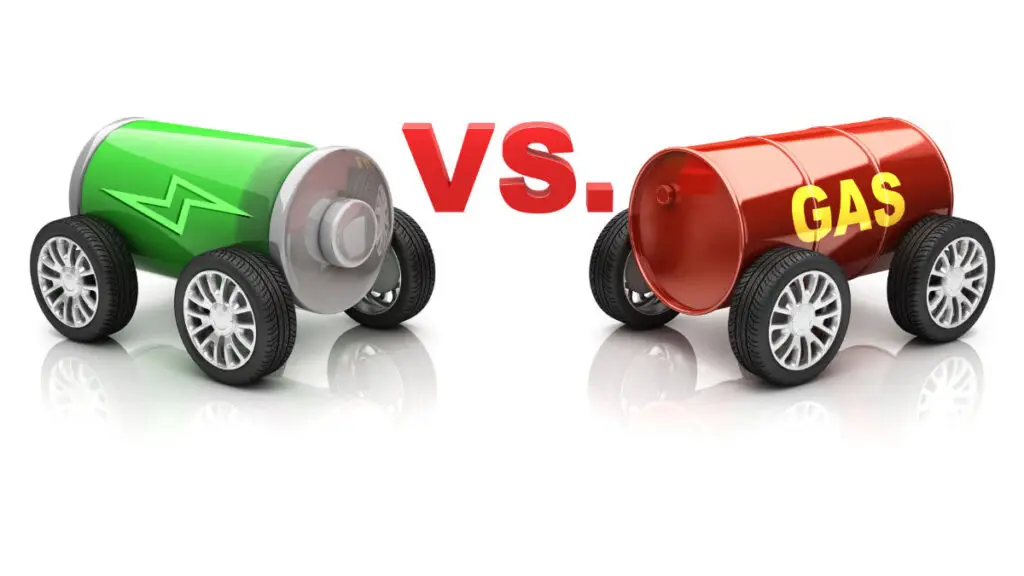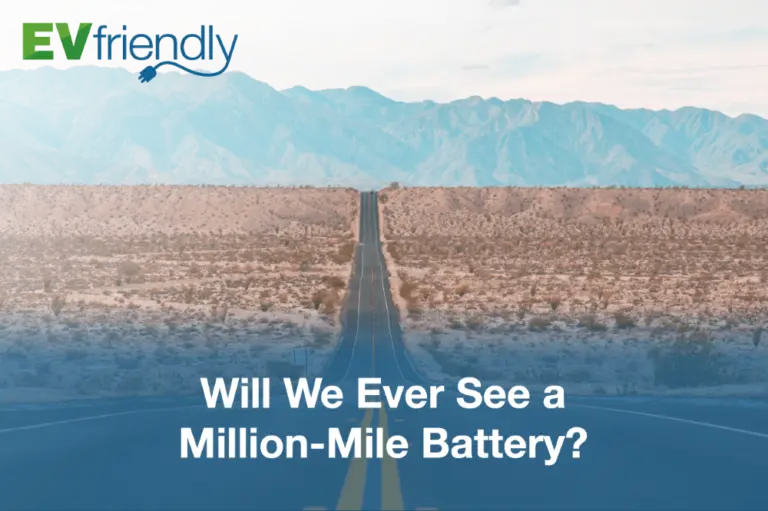What Are the Differences Between an EV and an ICE?
The Basic Differences
A conventional, gasoline-powered vehicle gets its motive power from an internal combustion engine (ICE). The engine is fueled by fossil fuels like gasoline and diesel.
A plug-in hybrid electric vehicle (PHEV), or hybrid electric vehicle (HEV) also has an ICE, but is assisted by an electric motor, or motors. An all-electric (battery electric) vehicle has no ICE at all.
Systems and Components
The following systems and components are how EVs differ from conventional vehicles:
Regenerative Braking
EVs use regenerative braking to reclaim spent energy. Regenerative braking converts kinetic energy into electrical energy during deceleration. This energy is then stored in the high voltage battery, extending the vehicle’s electric range. The regenerative braking system also assists in reducing speed when the driver’s foot foot is lifted off the accelerator pedal.
With proper maintenance, the brake pads and rotors in a regenerative braking system will typically last much longer before needing to be replaced.
Weight Distribution
ICE vehicles have two centres of mass: the engine and the fuel tank. A heavy drivetrain is required in a conventional ICE vehicle in order to support these mass structures. But in EVs, most of the weight is in the battery. As a result, EVs may have a different centre of gravity because of the mass of the HV battery.
EVs often offer better ride quality due to the placement of the battery under the vehicle. Having this mass mounted lower in the centre of the vehicle gives the vehicle a lower centre of gravity. This helps keep the vehicle stable when cornering, giving a more comfortable ride. EVs are usually heavier than conventional vehicles due to the mass of the battery pack, which results in a more planted feel when driving.
Acceleration
Electric cars are capable of accelerating quicker than gas-powered cars, but not necessarily faster in top speed. Most electric cars do not need a transmission. Instead, they will have just one gear, allowing full torque delivery at practically any speed. A reduction gear set is used to optimize power delivery. Electric motors deliver all of their torque instantly, unlike gas-powered engines, which require some time to rev up before developing full power. As a result, EVs are known to accelerate effortlessly from a start.
Use of Space
EVs have more interior space than their ICE counterparts, given the same size exterior. Because there is only a single centre of mass, EVs can make more use of cabin space than conventional vehicles. EV design freedom is allowed by omitting bulky components like fuel tank, transmission, intake system, and exhaust system.
Noise Pollution
Electric cars are quieter than their internal combustion counterparts. Because BEVs do not have an ICE, they are much quieter than a conventional vehicle and are more relaxing to drive. Drivers have reported that this lack of noise can even help to reduce stress levels.
Some sound is generated by inverters, drive motors, pedestrian warning systems, and common parts such as radiator fans, water pumps etc. And of course, noise is generated by wind resistance and tire harmonics at moderate to higher speeds. However, the lack of noise can mean that they pose a danger to other road users, especially pedestrians who are blind or partially sighted.
While intentional noises are generated to help alert pedestrians, you should always be mindful when driving in congested areas.
Refueling
One of the biggest differences between driving an EV and a conventional, gas-powered vehicle is the manner in which you refuel, or, in the case of EVs, recharge. For over a hundred years, motorists have been used to refuelling their vehicles at service stations conveniently located throughout North America. Gas stations can be found even in the most remote regions. PHEVs, and more specifically, BEVs, rely on plugging into the power grid. However, as more and more charging stations are deployed, and as we begin to see fewer conventional gas- and diesel-powered vehicles on the road, gas stations will slowly disappear or perhaps will be transformed into charging stations.






